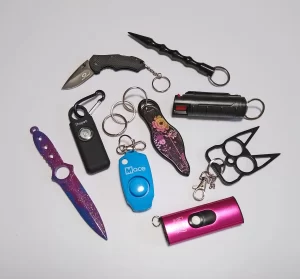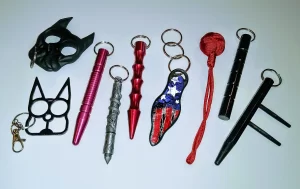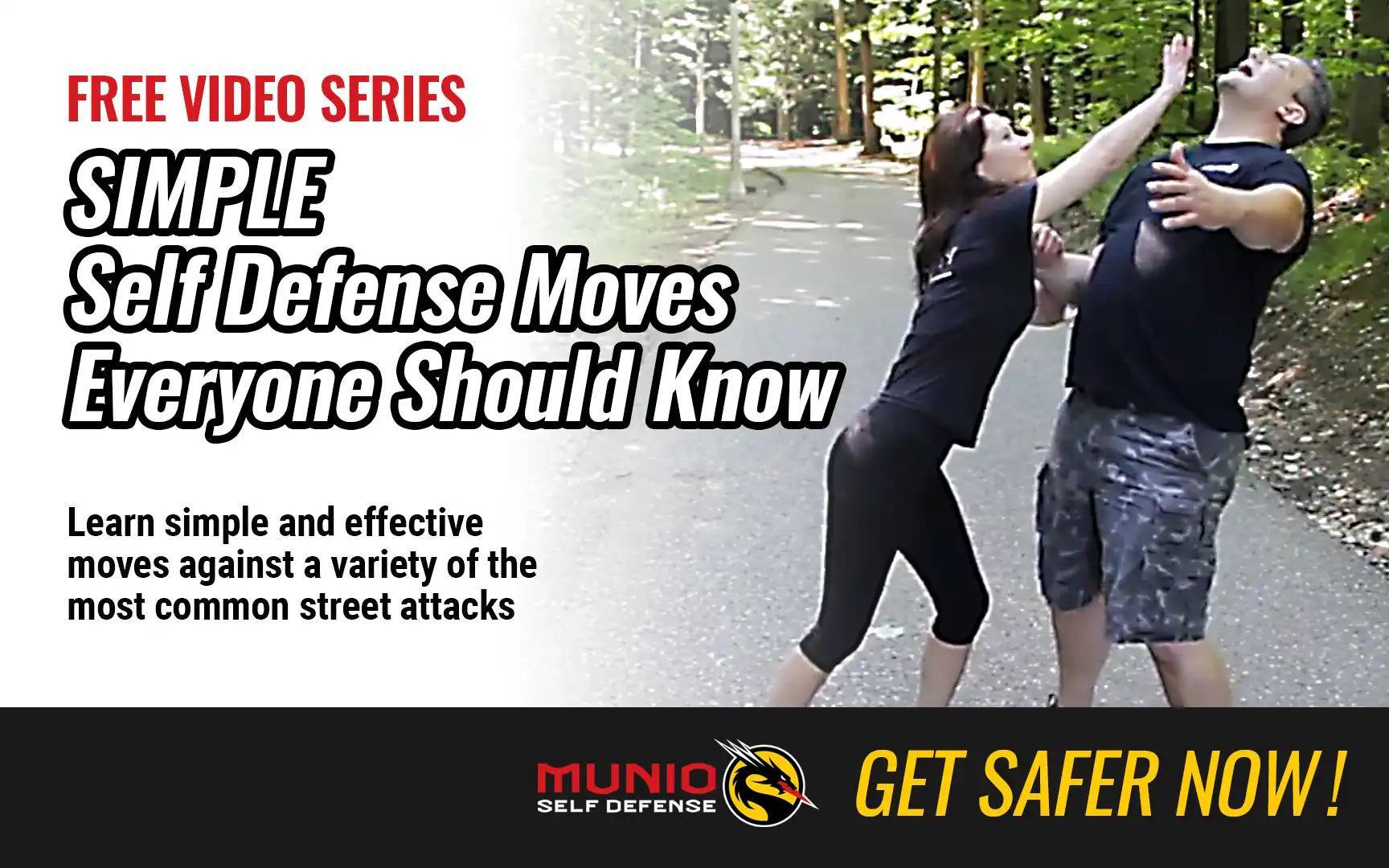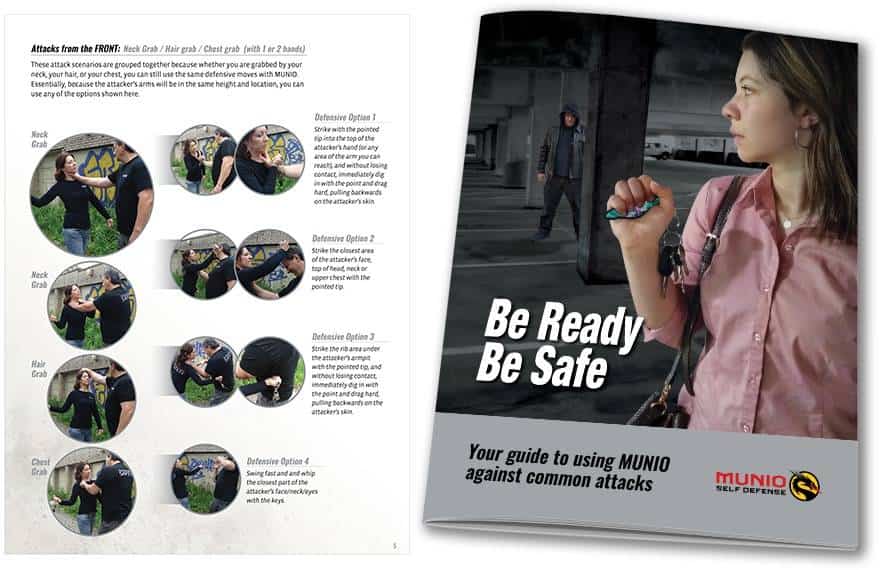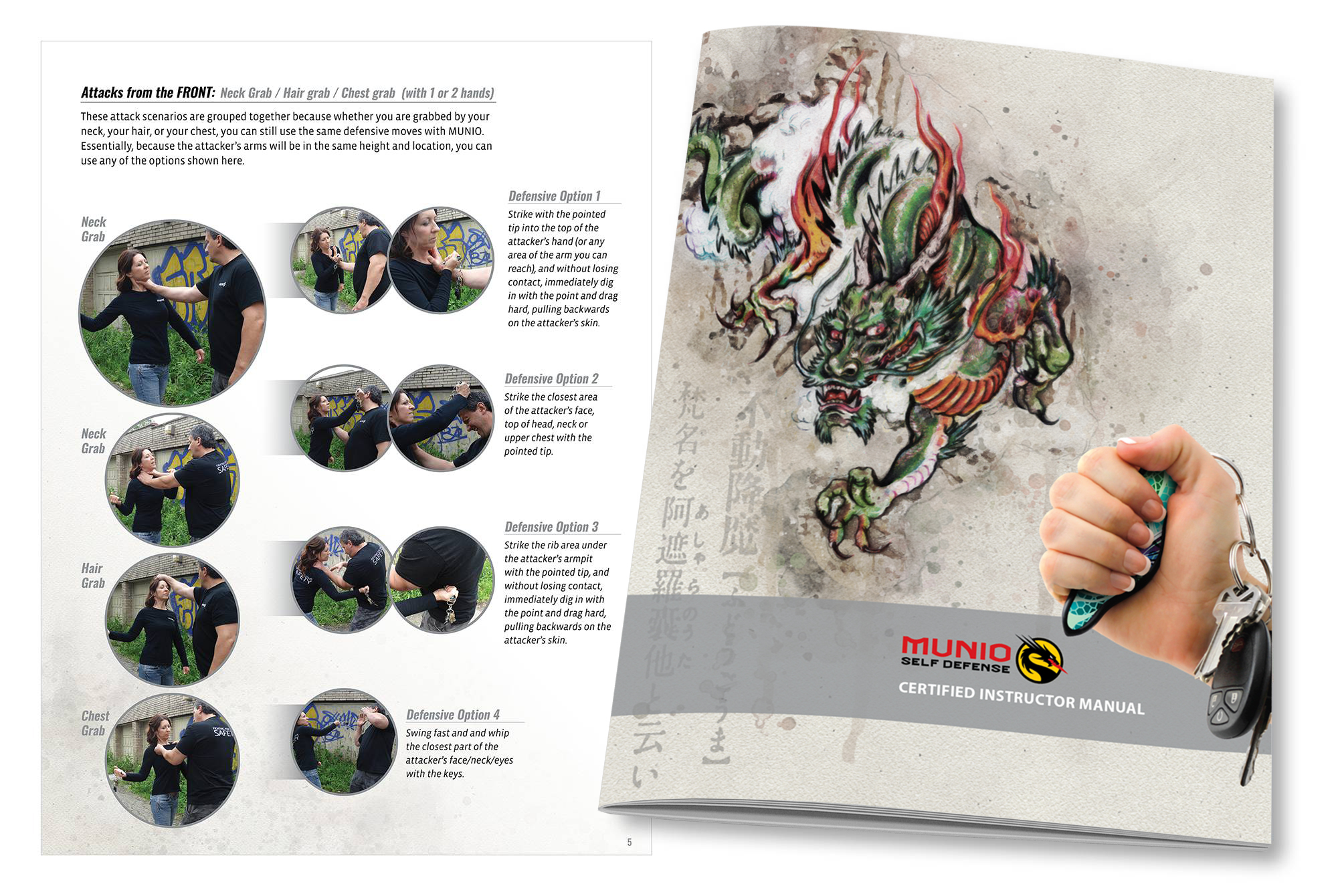As January is National Slavery and Human Trafficking Awareness Month, it’s a great time to take a look at this issue, which has come to dominate headlines in recent years. It’s hard to believe that right here on our shores, human trafficking occurs every day, claiming an estimated 18,000-20,000 victims every year. As important as this topic is, there’s a lot of misinformation on the subject and most people, despite their concern, aren’t properly educated. As a self-defense instructor, I’ve heard from many parents who are afraid their children may become victims and are looking for solutions. Keep reading to learn the facts about this issue as well as some human trafficking prevention tips.

The Facts about Human Trafficking and Children
A person sold into the slavery of trafficking has an average “career” of about 7 years, with very few who make it out alive. Unlike in the movie Taken, these kids don’t have a father who can fight the bad guys and save the day. Statistically speaking, they have a one-way ticket into darkness.
The average age of children preyed upon as victims of human trafficking is 13. The greatest at-risk population of kids who fall victim to human trafficking scams are those in foster care situations, largely because they lack stable relationships and bonding. Their desperate search to belong puts them front and center before these harmful predators.
But kids under the age of 10 are also at risk. They’re often used in the drug trade. It’s a common tactic used at the border between the U.S. and Mexico. I personally know a border patrol agent who has worked rotations in this area who can testify to this as fact. It’s a very lucrative business at the expense of innocent children. Many families in Mexico live in poverty, so they will sign their kids up to “work” for drug lords in exchange for money as a means to support the needs of the family. Sometimes the kids come back, and sometimes they don’t. It’s a huge risk, but one that desperate families are willing to take for the survival of the rest.
The families who never see their child again don’t get paid. These kids end up abandoned by their captors to die in the deserts of Arizona. If a family is lucky enough to see their child AND get paid, their child is used again and again by different captors. The drug cartels will bring the child across the border to pose as “family” so that they gain entrance into the states and make their undercover delivery. The cartel network will then fly these kids back to Mexico to repeat the same exercise multiple times. The kids are forced to go by different names and assume the identity of fake family units. Eventually, these kids lose all sense of their own identity too. It’s a common abusive, smoke-screen tactic that our border agents are working hard to stop every day.
Besides living in foster care, as mentioned above, other risk factors for human trafficking include:
- An unstable living situation
- History of sexual abuse or domestic violence
- A track record of running away or being in the juvenile justice system
- Being an undocumented immigrant
- Poverty conditions
- Having a caregiver or family member with a substance use issue
- Addiction to drugs or alcohol
Data suggests that people of color and the LGBTQ+ community may be more vulnerable to trafficking than other demographics.
The Two Types of Human Trafficking
According to the Department of Homeland Security, “Human trafficking involves the use of force, fraud, or coercion to obtain some type of labor or commercial sex act. Every year, millions of men, women, and children are trafficked worldwide – including right here in the United States.”
Globally it’s believed that labor trafficking is a bigger problem than sex trafficking, however in the United States, there’s much greater awareness of sex trafficking. This is one of many common myths parents tend to have about trafficking. In the next section we’ll cover some of the other common myths.
Human Trafficking Common Myths
While awareness increases, many parents are still in the dark about human trafficking. Here are some common myths from the Human Trafficking Hotline:
The Myth: Only girls and women are vulnerable to sex trafficking.
The Reality: One study estimated that as many as half of sex trafficking victims are male, and some believe this percentage may be even higher, especially among LGBTQ boys and young men.
The Myth: Traffickers tend to target people they don’t know.
The Reality: Most victims are trafficked by people they’re acquainted with or intimately connected with, including romantic partners, spouses, and family members, including parents.
The Myth: Trafficking always or usually involves a violent crime.
The Reality: The biggest myth regarding human trafficking is that it involves kidnapping or physical violence that forces someone into slavery. The truth is most of the time, psychological means such as tricking, defrauding, manipulating, or threats are employed.
Human Trafficking Prevention Tips for Parents
For parents who are concerned that their children may be at risk of human trafficking, it’s important to keep in mind the risk factors and facts above. Clearly, trafficking is a serious global problem created and enforced by social inequities and other societal factors. To get rid of this pernicious problem, parents need to take action to end human trafficking locally and on a broad scale.
According to a United Nations report, human trafficking generates over $30 billion in annual profits. In 2018, my home state of Pennsylvania recorded 275 cases of human trafficking. The Commonwealth ranks among the top 10 in the country for human trafficking cases. Our state and senate are working to pass bills to increase penalties and strengthen cases against human trafficking suspects, but there’s something we can do about it as well. Here are some tips from the Office on Trafficking In Persons from the U.S. Department of Health and Human Services.
Additionally, parents can ensure their own children stay safe by educating themselves on the risk factors and facts above as well as by taking the human trafficking prevention tips below. After all, the cardinal rule in self-defense is “prevention.”
Educate your children
It’s never too early to start teaching your children about “stranger danger.” Teach them to be aware of their environment at all times, especially when they’re alone. The important thing to keep in mind is that the perpetrator always has at least a half-second (if not more) advantage. This means you always need to prepare for having the initial disadvantage. That’s why people should make it a point to stay extra alert and aware while out walking or jogging alone. The sooner your child can recognize a threat, the easier it is to create the distance they need for an escape to safety without physical violence.
Practice “Run-Fu”
“Run-fu” is by far the best method of self-defense, if it’s at all possible. Increasing the odds of success with any escape plan requires the “would-be victim” to keep as much distance as possible. While scrolling through the local news, I came across the following headline: “Attempted Abduction.” It was an incident describing two 12-year-old boys out walking together. A man drove up beside them and asked if they would be interested in getting into his vehicle to go and play video games. Fortunately, these kids were both smart enough to realize this was a ploy to gain trust in someone with bad intentions. They successfully escaped and reported the incident to proper authorities. The decision to run away saved both of them from potentially disastrous consequences.
Encourage a Confident Bearing
Traffickers and other criminals target individuals who appear weak and vulnerable. This makes a confident voice and posture (not to be confused with a fighting stance) an effective deterrent against attack. A loud, firm tone that states “back off” or “leave me alone” is a very effective way to maintain a good amount of room between you and someone with harmful intentions. This way, if you must turn and run, this distance will come in handy for a nice head start. However, keep in mind that once an assailant closes the distance of less than two car lengths, it becomes much more difficult to outrun a committed criminal if you don’t have a barrier such as a car or trash can between you.
Monitor Social Media Use
The number of human trafficking victims innocently recruited through social media and online scams has skyrocketed in recent years. This is why it is so important for parents to monitor their children’s online activities, especially tweens, and educate them regarding safe online practices. Here are some internet safety tips from the United Nations Office on Drugs and Crime.
Self-Defense Training
In addition to the above, it never hurts to enroll your child in a practical self-defense class with simple techniques that can be applied by anyone — regardless of martial arts experience. A class like this will help mentally prepare your child for any threats of danger and can provide a much-needed confidence boost. Enhance your child’s self-defense training by equipping them with a self-defense keychain such as MUNIO, which I myself have incorporated into my own curriculum. What I like about MUNIO is that compared to tools like pepper spray, it’s child-friendly and can be used easily by anyone. It’s also stylish, legal in all 50 states, and doesn’t even look like a weapon, which means your child is more likely to carry it on them at all times.
Conclusion
National Slavery and Human Trafficking Awareness Month is just a start to improving awareness about a serious issue. Let’s all continue to do what we can to eradicate what is ultimately a social problem and follow the tips above to ensure our own children stay safe.


